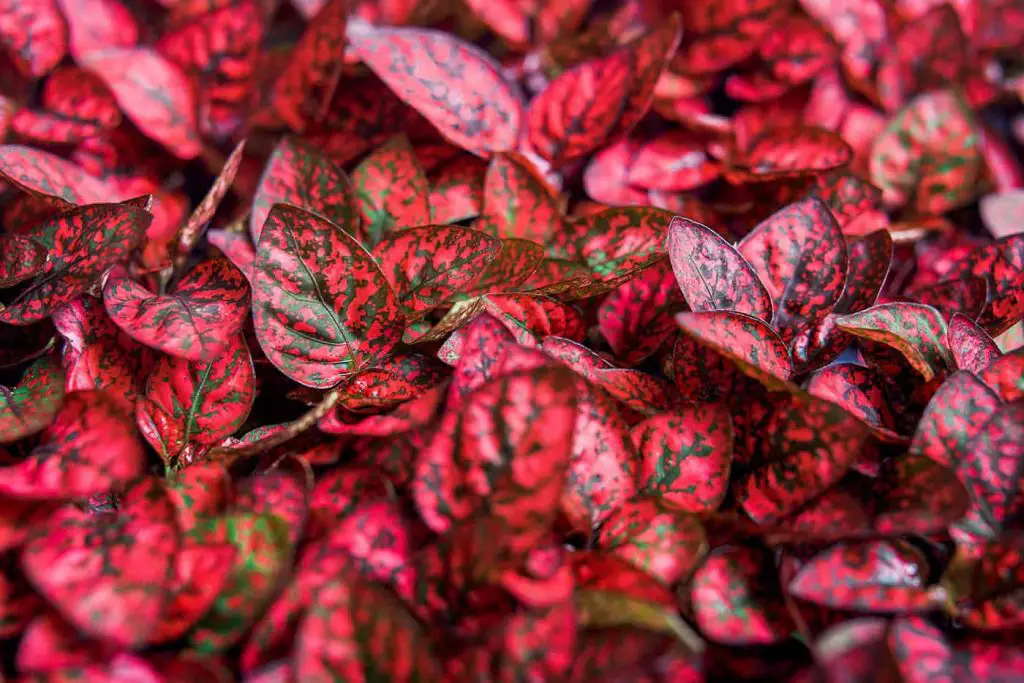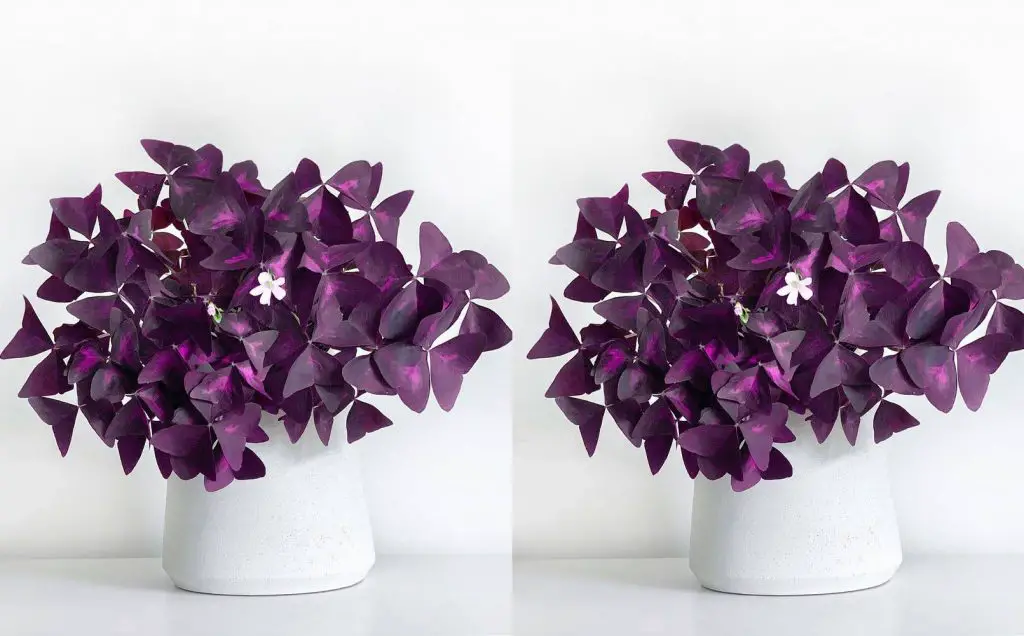The Polka dot plant mostly referred to as the freckled face plant is widely accepted as one of the most attractive house plants to grow considering the bright, colorful, and beautiful dot-like patterns it is bound to exude upon growth.
Polka dot plants losing their colors can almost be termed a tragedy for house plant growers because the essence of the plant lies in its foliage appearance. One of the major challenges prone to polka dot plant growers is a change in the foliage appearance which is from bright to dull colors.
This article provides information on the reasons your polka dot plant may be losing colors and how to fix them.
Table of Contents
Why is my polka dot plant losing colors?
Certain factors contribute to polka dot plants losing their bright and beautiful colors. A combination of the following factors would lead to a rapid decline in the growth process of your plant.
1. Root rot
Root rot occurs when the roots of plants decay. This is usually caused by prolonged exposure to overwatering which causes soil to be waterlogged.
Polka dot plans with root rot cannot absorb adequate nutrients from the soil thereby impeding the growth process; a change in foliage appearance is most times the first sign before it eventually dies.

2. Watering
If a polka dot plant is underwatered or overwatered, it can cause the plant to lose its colors. Under-watering the plant deprives the soil of the nutrients needed for the plant’s growth leading up to it losing its colors. An under-watered soil would always look very dry.
On the other hand, an overwatered plant is one rooted in waterlogged or soggy soil. Your plant can never thrive in soggy soil. The roots are the first to be affected before it begins to reflect in the color of the plants. In addition, using hard water could be harmful to the plants considering the high concentration of minerals in it.
3. Lighting
Polka dot plants thrive in bright indirect light. Like other house plants, it can be grown outdoors or indoors. If ingrown indoors and it is exposed to low light consistently, it is prone to start losing its colors. If grown outdoors and is exposed to bright but direct sunlight, the foliage appearance would be affected by the sun
4. Soil Mix
If polka dot plants are grown in inappropriate soil; the plant’s color may be affected. Growing the plant in inorganic and poor drainage soil may not be conducive for the plant. Poor drainage soil is prone to waterlogging which can hurt the roots of the plant
5. Fertilizer

Although fertilizer provides supplementary nutrients for your polka dot plant, too much of it would be detrimental to the health of the plant. Overfeeding the soil affects the roots; this is because the soil is no longer a conducive environment for the plant to grow in. Repotting is usually required after detection.
6. Humidity Levels
Generally, all polka dot survives in warm weather conditions since they are tropical plants. When exposed to extreme weather conditions such as blazing heat or wintry cold, they are susceptible to deterioration which begins with the plant losing its bright colors.
7. Pruning
Pruning helps rid of unhealthy portions of the plant, maintain shape and prevent plants from being jammed. When plants become jam-packed due to growth or size in the container, it becomes difficult for plants to receive adequate nutrients as they would struggle for the nutrients available which are usually insufficient
8. Infestation

Infestations occur when a large number of pests invade your plant. Delay in detection or refusal to combat attack can harm your polka dot plant. When infestations are out of control, it tells on the plant because these pests sap out nutrients from the plant causing a change in the colors.
Asides from sapping out the nutrients, they can directly injure the plant by eating the leaves or boring holes into them thereby damaging the appearance of the plant.
Here Is How to Fix Your Polka Dot Plant Losing Color
Before measures can be adopted to help your polka dot plant rebound into its healthy state, knowing the reason for the change in foliage appearance gives you a better edge and makes your efforts effective, identifying the reason gives you direction to how the plant would be saved.
The following actions should be taken to fix the foliage appearance of your polka dot plant.
- Lighting: Provide sufficient bright but indirect light for the plant. If grown indoors, position the place in an environment where it can receive adequate sunlight. If this is not effective, artificial light such as lamps can suffice. If grown outdoors, place in an environment where it would receive bright indirect light from the sun. Provide shade to shield the plant from direct sunlight.
- Root Rot: If root rot is the cause, changing the soil is inevitable. Root rot could be caused by overwatering or over-fertilizing. Changing the soil gives the plant a fresh start and a better chance of survival because new soil contains adequate nutrients for plants.
- Infestations: It is cheaper and safer to combat pests upon sight. Pests are attracted to dry plants so under-watering could be the cause of the infestation. Clean plants with insecticidal soaps or spray with a large amount of water. If proved ineffective, the plant may be discarded to curtail the spread of infections from the pests. Also, sterilize pruning instruments; this is to prevent transmission of infection from instrument to plants.
- Watering: Your watering schedule must be in favor of the plant’s growth. Check soil texture before and after watering to gauge the amount required and to identify if overwatering has occurred. Using drilled pots helps eliminate excess water from plants. Soft water is best for your polka dot plants.
- Humidity levels: Having discovered polka dot plants grow in warm environments, if your environment is not conducive for your plant, employing the use of humidifiers would help. Also, frequently misting the leaves would provide a warm environment for the leaves.
- Soil Mix: Provide the plant with organic and good drainage soil. Soil drainage can be improved by adding pumice or perlite.

Final Notes
Although Polka dot plants losing their colors can be disheartening, they can rebound if appropriate steps are taken to fix them.
Study the care guide before propagating your polka dot plant to be well equipped with information to avert issues or be helpful when challenges occur. Joining a community of polka dot growers places you on a pedestal to receive currents trends, information, and recommendations regarding your polka dot plant.
Read next: How to Revive A Dying Houseplant (The Complete Guide)







